Choripán, a South American Sausage-inna-bun
You may in fact be getting bored of me talking about how great South American sandwiches are. I advise that you keep that to yourself for a moment. You might learn something.
Choripán as a term is generally Argentinean in origin but used widely over much of Latin America. It’s a portmanteau of Spanish words for sausage (chorizo) and bread (pan). The sausage is the local flavor of chorizo–Argentinean, Uruguayan, Colombian, fresh sausages in link form, quite distinct from the bright red, crumbly Mexican version–and the bread is usually a crusty baguette. Though it could also be served in something simpler like a hoagie roll or a brat bun, I think a standard hot dog bun would be insufficient due to the customary extravagance of the toppings. Choripán usually involves sauces and other accoutrements–most commonly chimichurri, but mayonnaise, ketchup, or the unholy marriage of the two called Salsa golf are also common, as well as various other salsas, and veggies such as onion or tomato. There are numerous regional variants.
When I first approach a new sandwich, I like to check and see if any local restaurants serve them. It helps, whether I end up writing about that particular version of the sandwich or if I use it to simply calibrate my taste for the sandwich before making my own version. Chicago is a world-class city with the cuisines of many cultures represented, and I’m often able to find at least one example.
I let my keyboard do the walking and found that, while there are a few Argentine places around town–Folklore, Tango Sur, El Nandu–many did not currently have Choripán on the menu. (UPDATE: Rural Society, an Argentine restaurant in ritzy Streeterville, has a Choripan on the menu currently. Pampas, in suburban Forest Park, does as well.) 90 Miles, a Cuban cafe, serves one but it looks more like a bruschetta-style appetizer than a sandwich. Cafecito though, one of my usual suspects, has a Choripan on its everyday sandwich menu.
To be honest, this isn’t the best sandwich I’ve had from Cafecito. The sausage had good texture and some garlic flavor, but was missing something. Cafecito’s chimichurri is one of my favorite things, but it was less vibrant than usual in this company, muted somehow. Instead of the chimichurri enhancing the sausage flavor, somehow everything was muddled together. The sandwich was enjoyable enough, with some grilled onions adding an earthy sweetness and with the bread crisply pressed in the signature Cuban style. I felt it could have been better though.
Disappointed, I decided to try and build a better Choripán. The next day, while getting a Cemita for lunch from our friends at Cemitas Puebla, I stopped by neighboring Publican Quality Meats to see if they carried anything like an Argentine chorizo.
PQM’s chorizo is a Spanish style, which is potentially quite different than its South American counterpart–often dried or smoked rather than fresh, with a denser harder texture and more intense flavor. They did, however, carry a Portuguese style Linguiça, a fresh pork sausage flavored with paprika and garlic, which I thought might be more similar to the chorizo I was looking for. While the Argentine sausage will often have beef added to the pork, the Portuguese sausage seemed like a good start. I picked some up to try it.
First I needed to make some chimichurri. Chimichurri is a magical sauce that makes everything taste wonderful and will leave your hands smelling like garlic all day. At base it consists of fresh parsley, garlic, vinegar and oil, but recipes vary. I like to add some onion and chilis for kick, and to supplement red wine vinegar with a little lemon juice.
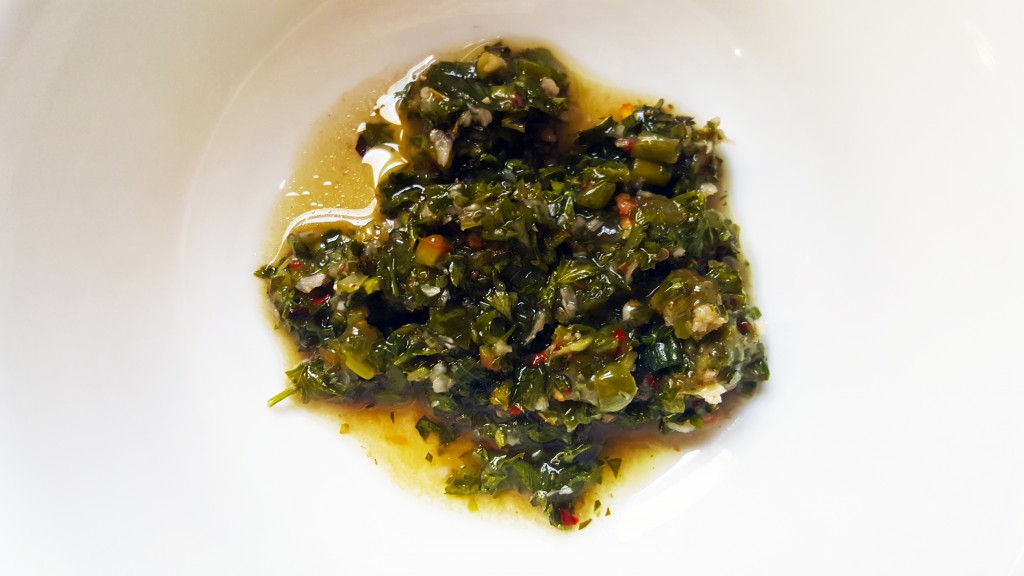
I cooked the Linguiça on the grill
and even put toasted the baguette a bit
before putting it all together
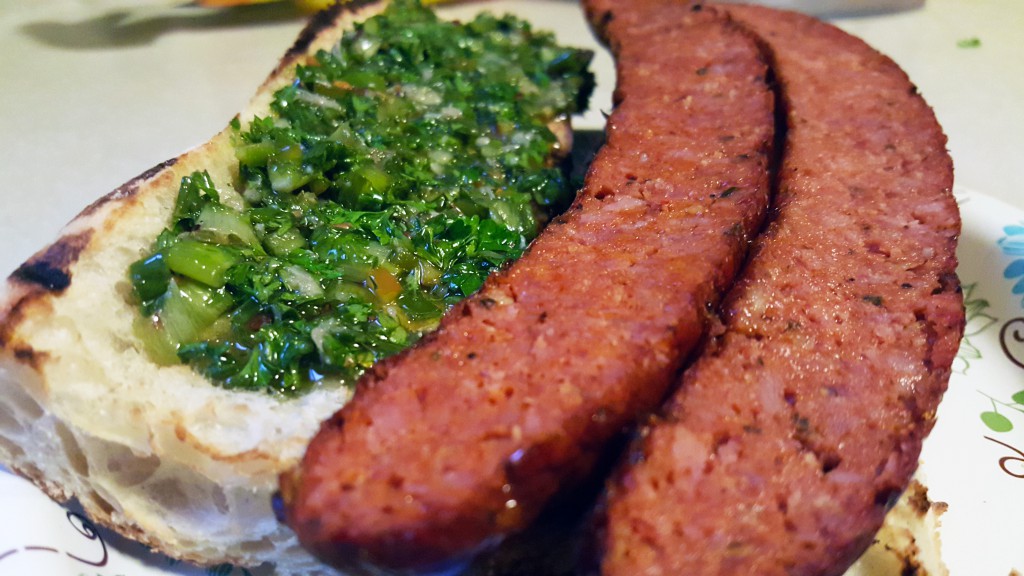
It was good–anything with chimichurri on it is going to be, and this was some good quality sausage and a decent piece of bread, and as an early attempt it was fine. I’d hoped for more though. I resolved to make my own Argentine-style chorizo and try different toppings, even the dreaded golf sauce if I had to, to find the greatest Choripán I could.
I found many different recipes for Argentine chorizo online, with the main commonalities being a mixture of pork and beef at about 4:1, the flavors of paprika and garlic, and a binding liquid of red wine flavored with garlic and clove. Nutmeg was also frequently used, cumin or white pepper as well. I filtered this through my own sausage-making process and came up with this recipe:
Argentine-style chorizo
Ingredients
- 1.5 lb pork trimming butt fat with meat attached
- 2.5 lb pork top loin with fat cap
- 1.25 lb beef chuck
- 3 T kosher salt
- 4 T paprika
- 1 t cayenne
- 4 cloves garlic minced
- 1/2 t cumin
- 1/2 t nutmeg
- 1 C red wine
- 1 head garlic
- 5 whole cloves smashed with side of knife
- 12 black peppercorns smashed with side of knife
Instructions
- Cut meat into 1″ or so cubes, mix together with salt, paprika, cayenne, garlic, cumin, and nutmeg. Store in refrigerator overnight.
- Simmer whole head of garlic, cloves and peppercorns in wine for 20 minutes. Strain and chill the remaining wine to near freezing.
- Lay meat mixture flat on a foil-lined baking sheet. Cover with foil and put on shelf in freezer until stiff but not frozen hard.
- Run meat mixture through coarse plate of grinder. Mix in wine. Fry a bit to test taste, then stuff into hog casings.
Notes
- The best method for cooking this sausage will be to grill it.
- Serve in a long bread roll with chimichurri and various other South American condiments
The sausage tasted great, though I should have used a better quality paprika. The cayenne isn’t authentic but I wanted to give it a bit of a kick. The sausage is rustic in texture, with larger chunks of meat, and has a lot of flavor, though not the intensely concentrated flavor of a Mexican chorizo. The recipe above gave me 2 of these ~5ft long coils.
I started looking for different condiment combinations and quickly found an incredible-looking rendition on Laylita’s Recipes, an English-language repository of Ecuadoran recipes. Laylita liked to use a combination of chimichurri, onion curtido or tomato and onion curtido, and guacamole on her Choripán, and that sounded pretty great to me.
According to Wikipedia, Curtido usually refers to a mildly fermented cabbage relish, but the recipes Laylita posted (of which I made both) were a bright pink lime-pickled red onion,
and a tomato & cilantro salsa made with those same bright pink lime-pickled red onions.
I also used her recipe for guacamole
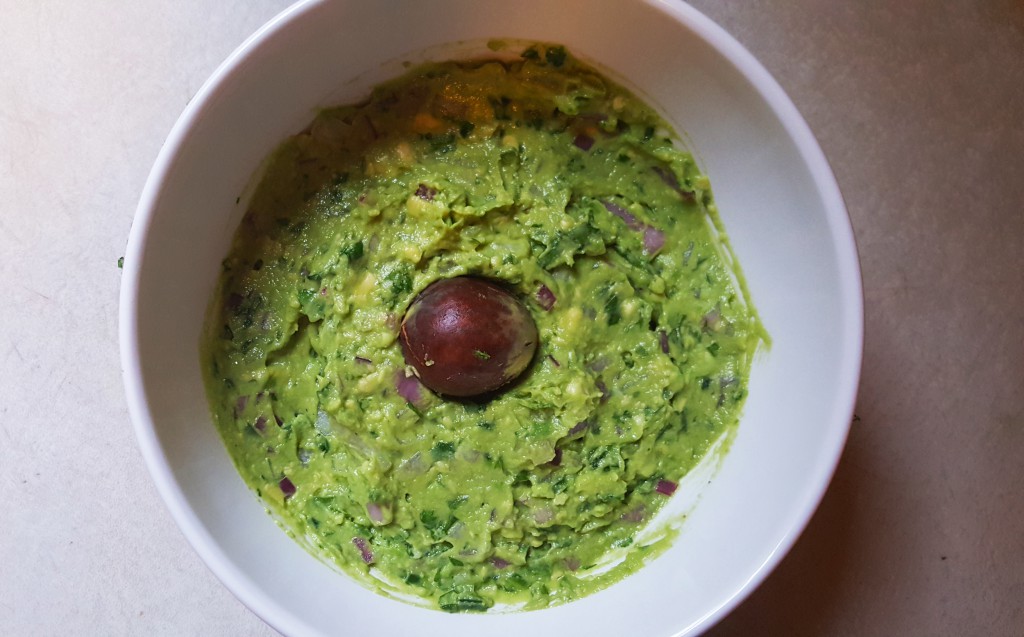
I twisted my homemade sausage into 6″ links and simmered them in a Belgian-style dubbel on the stove before finishing them on the grill.
For the sandwich, chimichurri and onion curtido went on the bottom half of each toasted baguette, while guacamole and tomato/onion curtido went on the top.
I split each link down the middle and placed them on top of the chimichurri.
I tried another the next day, in a standard Turano French roll instead of a nice baguette, so I could eat it like a regular sausage rather than butterflying it.
The Chicago-style hot dog may be the ultimate expression of the dragged-through-the-garden style of sausage-inna-bun, but I thought this rivaled it. Chimichurri is one of the great condiments–my 8 year old might not like it, but I can’t think of too many other people who don’t. Though I’ve been known to eat chimichurri by the spoonful, its real strength is in enhancing other foods, especially meats. Guacamole is underrated in sandwiches; though its flavor contribution can be subtle, the fatty and creamy texture works terrifically well, especially with saltier meats like ham or sausage. And the onion & tomato/onion curtidos brought a raft of flavors with them, onion with its sharp edge a bit muted, tart lime, savory tomato, enhanced by the brightness of cilantro.
Despite my misgivings, I tried Choripán with mayonnaise, and I even made up a small batch of salsa golf, which wasn’t nearly as terrible as I’d imagined it would be.
But I was ready to crown the Ecuadorian Choripán a la Laylita to be the Sausage King and I had this post half-written when I discovered an Argentine market in Chicago selling chorizo. I returned from my trip to El Mercado1 with some of their Argentine chorizo and chimichurri, and this advice from their butcher on the ideal Choripán. “In my country, we use this,” he had said, pulling out a tub of chimichurri. “Chimichurri, some onion and lettuce maybe, makes a good Choripán.”
1 You can read about this trip in this post’s companion piece on Morcipán
The chorizo was much lighter in color than mine–all pork maybe, with a binding liquid less opaque than the Cabernet Sauvignon reduction I’d used, but still pinkish. It was also stuffed into slightly thicker casings, with the links twisted a bit shorter.
Taking a tip from what I learned pursuing the Morcipan, I decided to make this Choripan using salsa criolla. I grilled some of El Mercado’s chorizo and was surprised to find that it also did not feature paprika as prominently as I expected. It had a better texture than my sausage, a perfect ratio of pork fat, and a nice but not assertive garlicky flavor. It was, in fact, quite similar to the sausage Cafecito used in their sandwich, though I have to stipulate that my beer-simmering and grilling preparation alone would have made this rendition superior, even with an identical product.
The salsa criolla, like the melange of Ecuadorian condiments I used previously, drives home how great the combination of a fatty sausage with brightly-flavored sauces and fresh vegetables can be. This Choripán was yet another winning dragged-through-the-garden combination, the salsa criolla providing equivalent flavor to several ingredients in one easy-to-make fresh sauce.
But what about trying it with just chimichurri, onion, and lettuce, as the butcher at El Mercado had suggested? I did.
It was fine; much more of a focus on the sausage, with the lettuce a non-entity and the onion providing an accent along with the chimichurri. But I ended up loading the other half with salsa criolla.
Every month I end up with a new favorite sandwich, and I doubt the chow mein sandwich I’m covering next will provide much competition for this one. (Churrasco, on the other hand, could be a contender.) Just when I think I’ve hit a wall, that my enthusiasm for trying new sandwiches is starting to wane, something like the Choripán comes along and reminds me why I wanted to do this project in the first place. It’s a perfect sandwich for summer; there’s nothing better or more American (South or otherwise) than standing outside, beer in hand, thoughtfully moving sausages around the grill until they’re ready to go into a bun and be slathered with toppings.

I like sandwiches.
I like a lot of other things too but sandwiches are pretty great


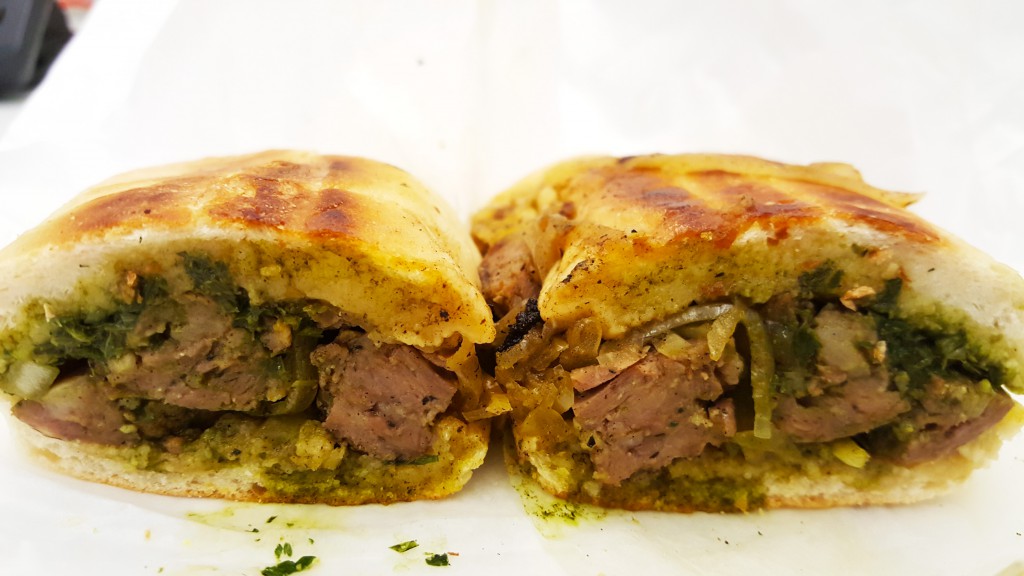


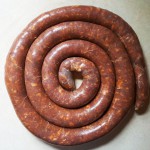
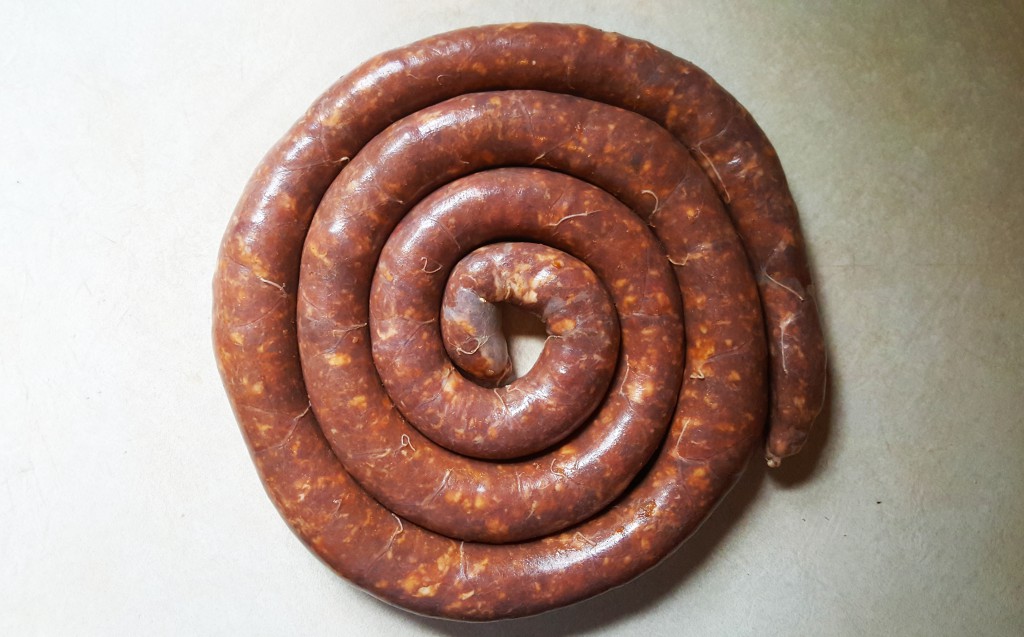
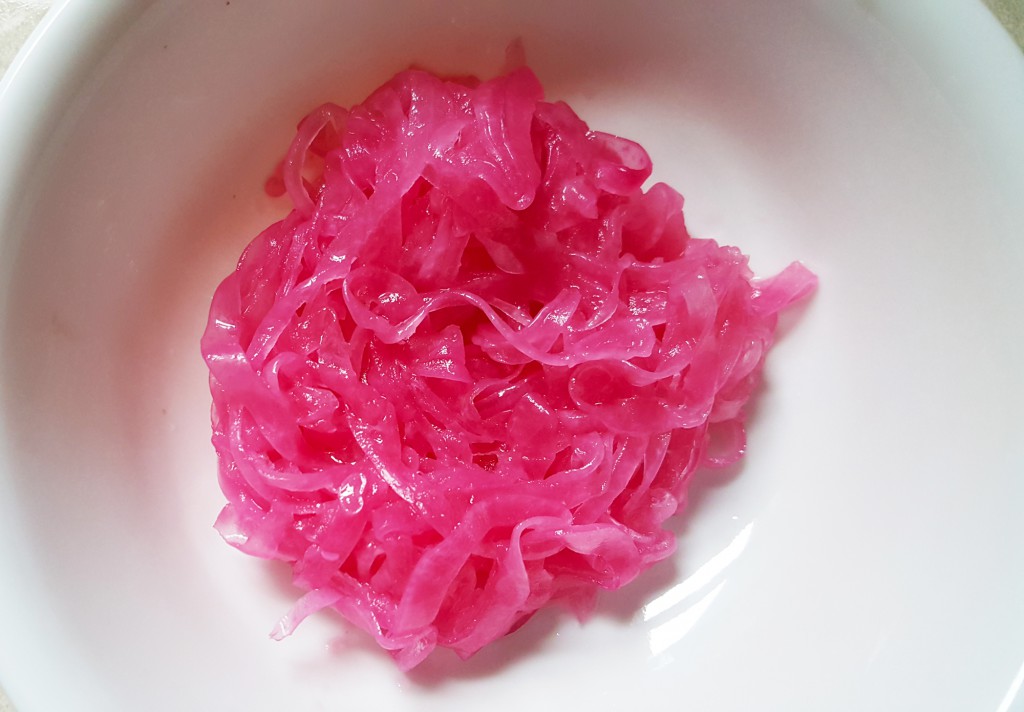
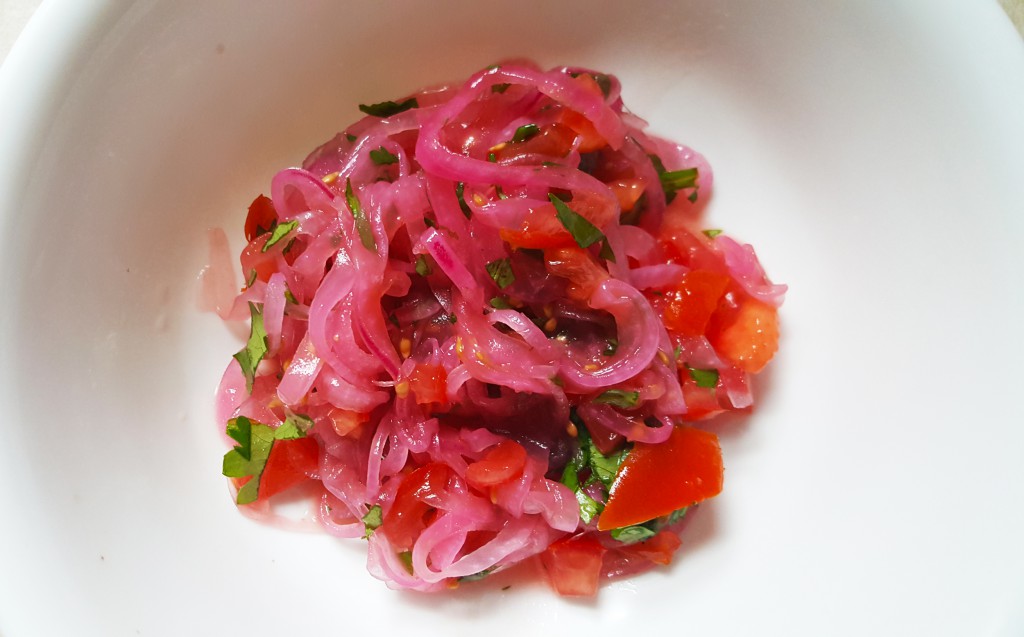

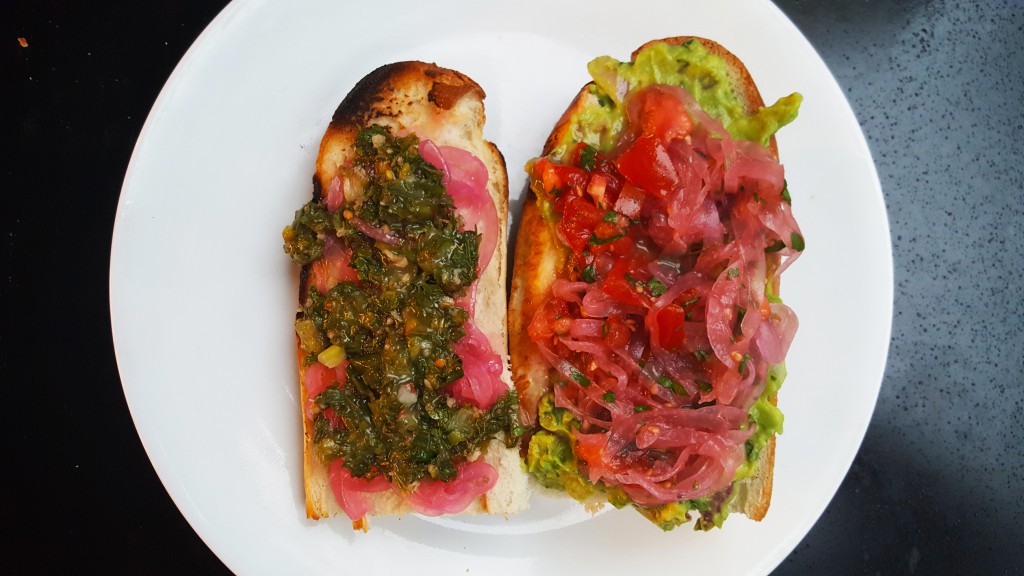
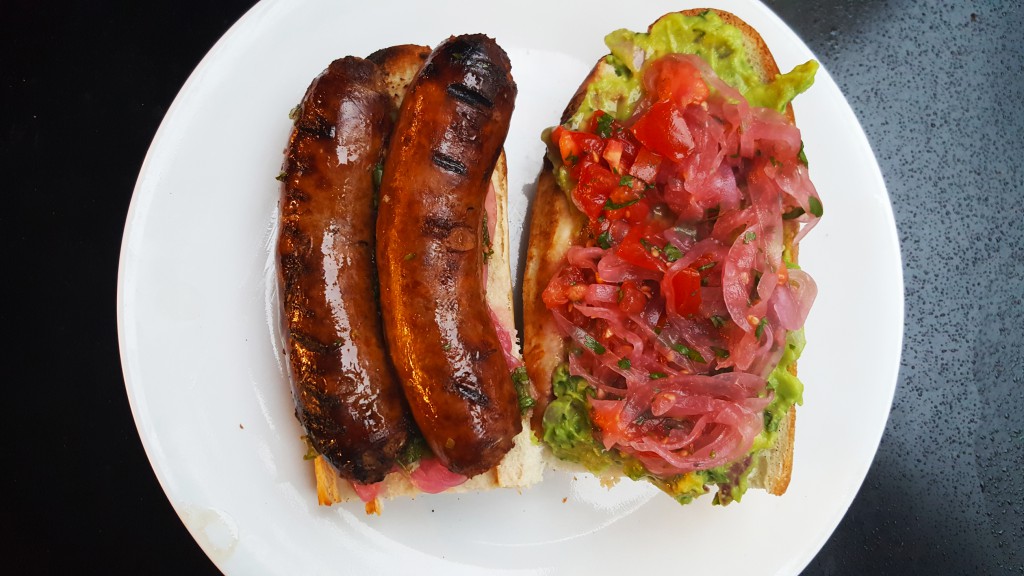
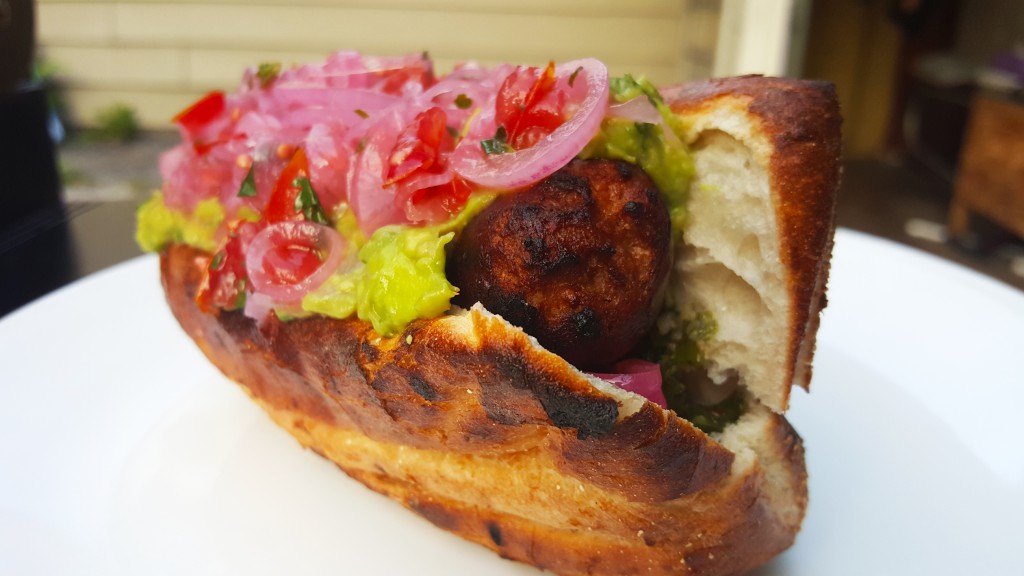
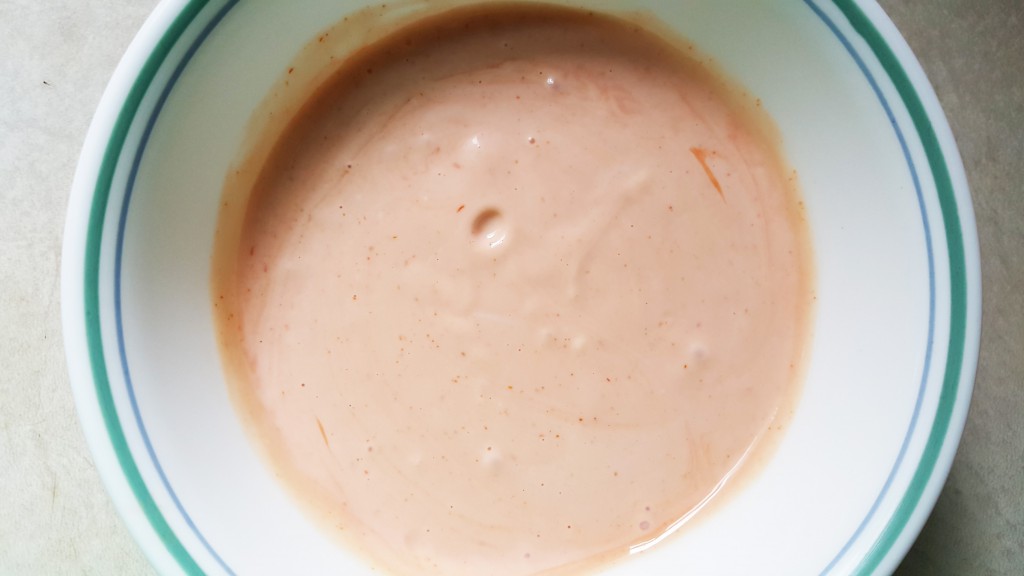
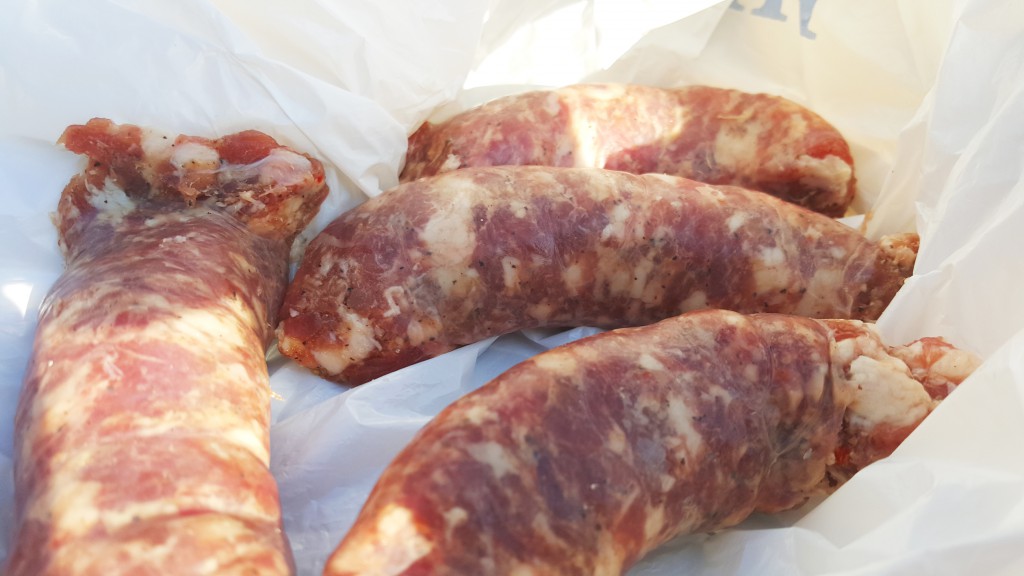
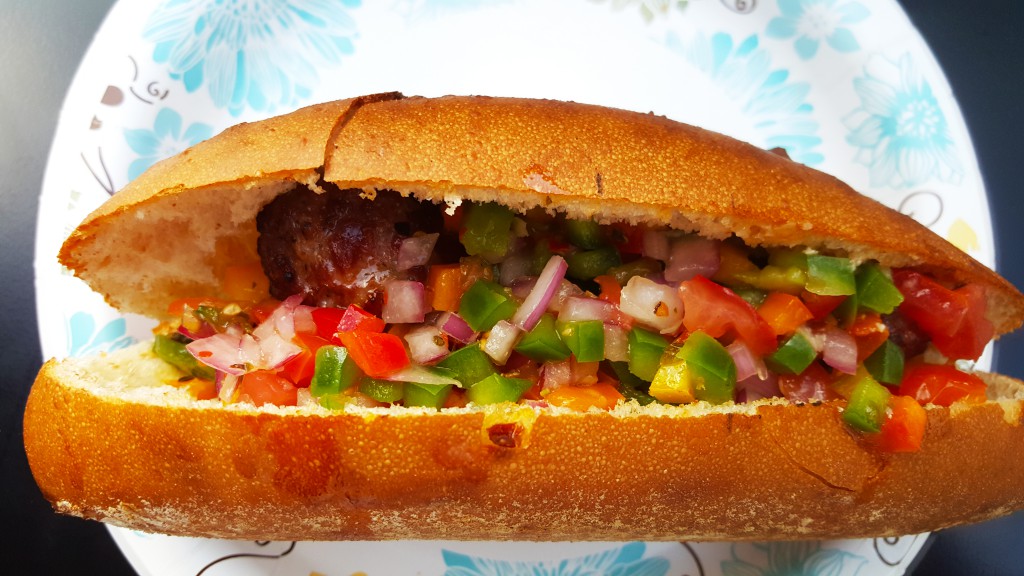
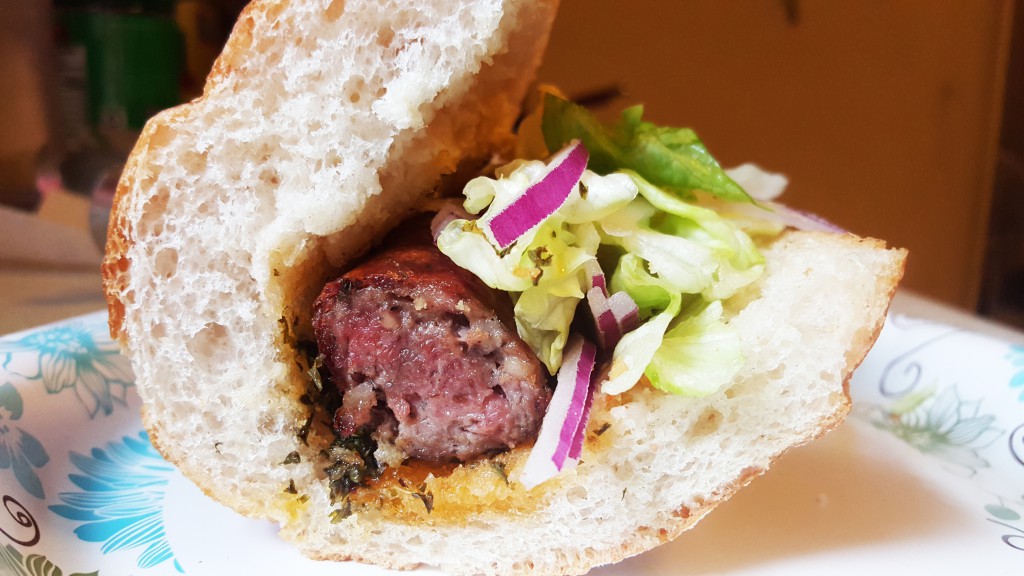
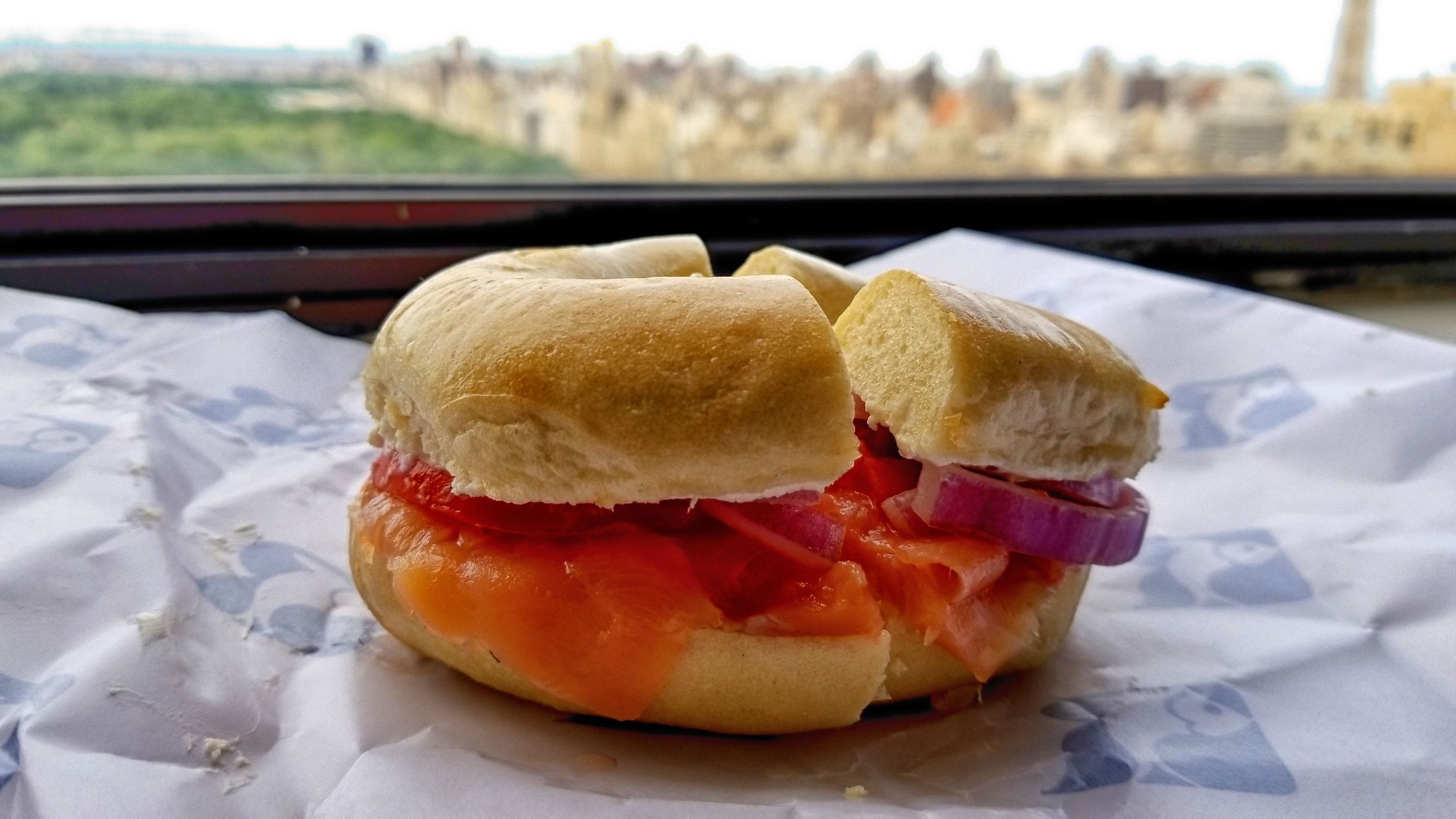








Me gusta el chori.